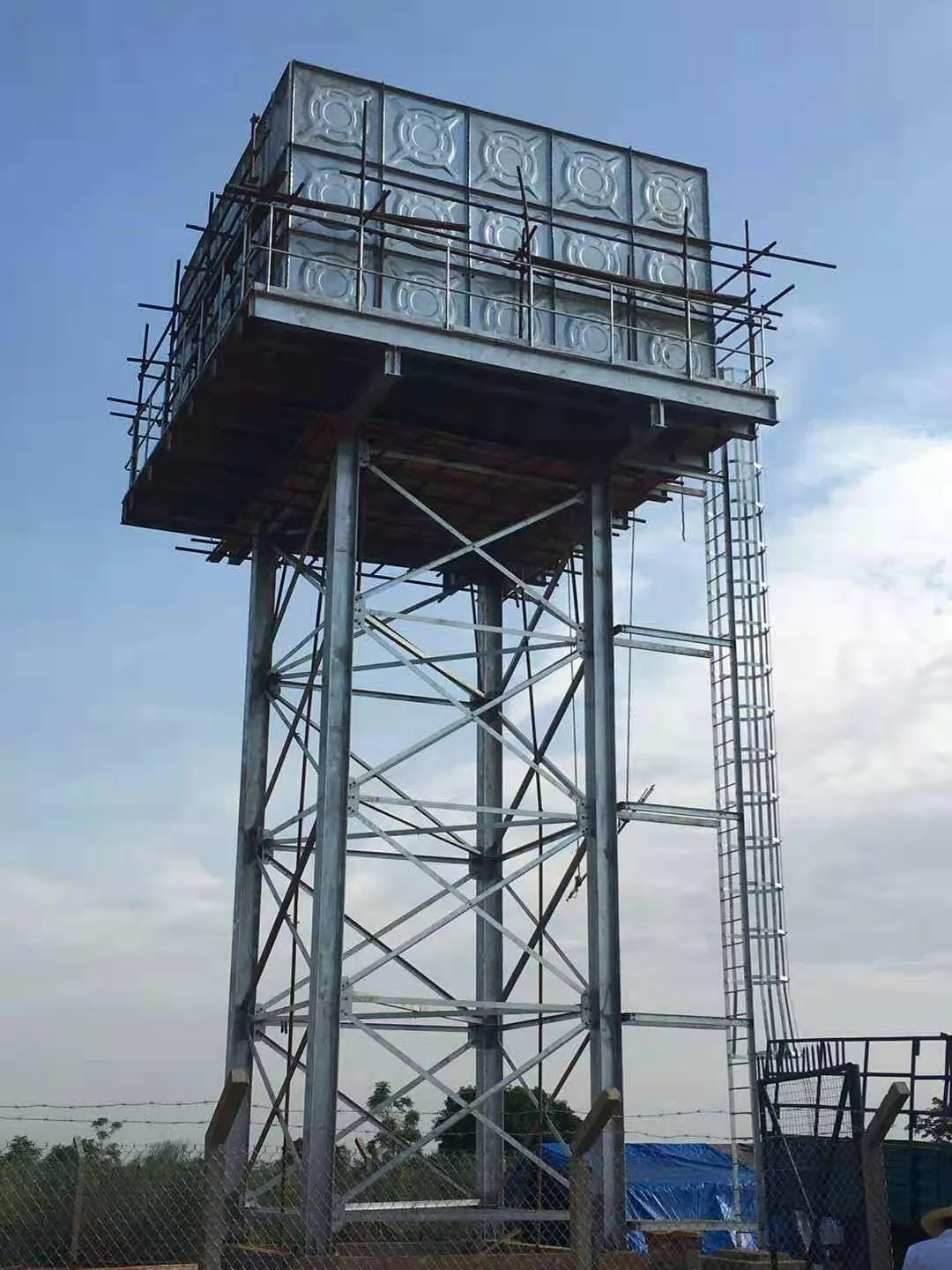loading...
- No. 9, Xingyuan South Street, Dongwaihuan Road, Zaoqiang County, Hengshui, Hebei, China
- admin@zjcomposites.com
- +86 15097380338
- Welcome to visit our website!
Current Trends in FRP Rebar Pricing and Market Insights
The Current Trends in FRP Rebar Pricing
In recent years, the construction industry has witnessed significant advancements in materials technology, particularly with the introduction of Fiber Reinforced Polymer (FRP) rebar. This innovative product has been gaining traction due to its numerous advantages over traditional steel rebar, including enhanced corrosion resistance, lighter weight, and superior tensile strength. As the demand for sustainable and durable building materials rises, understanding the factors influencing FRP rebar pricing has become increasingly important for engineers, builders, and project managers.
Understanding FRP Rebar
FRP rebar is composed of a polymer matrix reinforced with fibers, typically glass, aramid, or carbon. This composite material offers impressive strength-to-weight ratios, making it an ideal choice for various construction applications, especially in environments where corrosion is a significant concern, such as coastal areas or regions with high salinity levels. The use of FRP rebar not only improves the longevity of structures but also reduces maintenance costs over time.
Factors Influencing FRP Rebar Prices
1. Raw Material Costs The price of raw materials used in the production of FRP rebar is one of the primary factors affecting its overall cost. The price of fiber materials (such as glass or carbon fibers) and resin components can fluctuate based on global supply and demand dynamics. For instance, the increasing adoption of carbon fibers in various industries, including aerospace and automotive, may drive their prices higher, consequently impacting FRP rebar pricing.
2. Manufacturing Technology The complexity of the manufacturing process also plays a crucial role in determining the price of FRP rebar. Advanced technologies that ensure high-quality and consistent production can lead to increased costs. However, these investments in technology can also enhance the performance characteristics of FRP rebar, offering long-term savings for construction projects.
frp rebar price

3. Market Demand The growing awareness of the benefits of FRP rebar, combined with a shift towards sustainable construction practices, has contributed to an increase in demand. As more construction projects aim for longevity and reduced environmental impact, more builders are turning to FRP rebar. This heightened demand can lead to price increases, especially if supply cannot keep pace.
4. Geopolitical Factors Economic and geopolitical conditions can influence the supply chain for FRP rebar components. Trade tariffs, political instability, or trade agreements can result in price fluctuations. For instance, if a major supplier of raw materials encounters trade restrictions, this could limit available stock and drive prices up.
5. Regulatory Changes As industry standards evolve, particularly those relating to safety and sustainability, manufacturers may need to adapt their products to comply with new regulations. This can result in increased production costs, which may be passed on to consumers, affecting the pricing structure of FRP rebar.
Price Outlook and Considerations
Looking ahead, the price of FRP rebar is expected to be influenced by a myriad of factors including global economic conditions, advancements in materials science, and the overall growth of the construction industry. As builders and engineers continue to recognize the long-term benefits of using FRP over traditional materials, investment in FRP rebar is anticipated to grow. However, potential fluctuations in raw material costs and geopolitical uncertainties could still pose challenges to stable pricing.
In conclusion, while FRP rebar presents a promising alternative to traditional rebar, its pricing reflects a complex interplay of various factors. Stakeholders in the construction industry should remain informed about market trends and emerging technologies to make strategic decisions regarding their material choices. By understanding FRP rebar pricing dynamics, companies can better navigate the evolving construction landscape, ensuring they harness the benefits of this innovative material while managing costs effectively.
-
The Rise of FRP Profiles: Strong, Lightweight, and Built to LastNewsJul.14,2025
-
SMC Panel Tanks: A Modern Water Storage Solution for All EnvironmentsNewsJul.14,2025
-
GRP Grating: A Modern Solution for Safe and Durable Access SystemsNewsJul.14,2025
-
Galvanized Steel Water Tanks: Durable, Reliable, and Ready for UseNewsJul.14,2025
-
FRP Mini Mesh Grating: The Safer, Smarter Flooring SolutionNewsJul.14,2025
-
Exploring FRP Vessels: Durable Solutions for Modern Fluid HandlingNewsJul.14,2025
-
GRP Structures: The Future of Lightweight, High-Performance EngineeringNewsJun.20,2025
